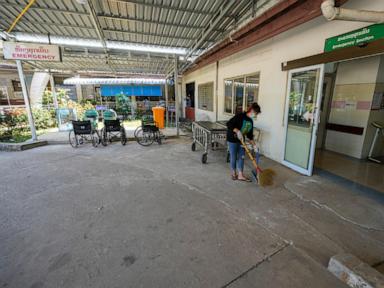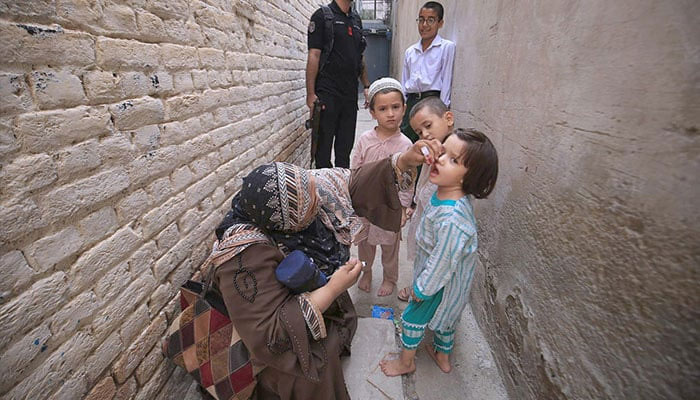
The air quality in Delhi and the National Capital Region (NCR) remained at hazardous levels, a new survey by Local Circles revealed alarming health concerns. According to the survey, pollution had affected every family in the said regions, with one or more members suffering from health issues due to pollution. The continued prevalence of smog full of toxic pollutants has raised serious alarms about the health of the residents in the metropolis and its areas.
Severe Air Quality In Delhi-NCR On Wednesday, the air quality in Delhi stood at a “severe” level, with 24-hour average Air Quality Index (AQI) stretching to 424, according to the Central Pollution Control Board. At such a level, health risks are considerable for sensitive groups, especially children, elderly people, and those with pre-existing respiratory conditions. It was recorded that the levels of fine particulate matter, commonly known as PM2.
5 pollutant, were 60 times more than the recommended limit set by the World Health Organization (WHO) for a day’s average. While guidelines from WHO say that the annual average should not cross the threshold of 5 μg/m3, the capital city of Delhi has miles to go before it reaches there, which explains why the pollution control issues have become all the more grave there. Health Issues Impact Of Delhi-NCR Pollution Locals reported that most families in the Delhi-NCR are exposed to health risks caused by air pollution.
In this survey, it was discovered that: How Families Are Coping With Pollution Residents are taking measures to protect their health amid the continuing high levels of pollution in Delhi-NCR. While some try to adjust to their situation, others are investing in solutions that will mitigate the effects of pollution. According to a Local Circles report, 27% of families have adopted air purifiers to clean the air in the house.
Others are remaining indoors as much as possible while adding immunity-boosting foods and drinks to their diet. This strategy minimizes the adverse effects of the harmful chemicals, though it does not eliminate the risk altogether. Some families have chosen to move temporarily.
About 16% of the respondents said that they planned to shift to a cleaner outstation location for part of the month, just like many senior citizens do in the winter season when pollution levels tend to reach the peaks. However, despite these efforts, there are families who have resigned themselves to living with the pollution. The survey showed that 27% of respondents stated they would “just live with it” and not take any specific measures, demonstrating the growing sense of helplessness among residents.
For those who can afford it, there is a trend of investing in high-end air purifiers and other smart technologies in an attempt to combat the worsening air quality. Extreme Pollution Forces Authorities To Implement GRAP-4 Repeated hazardous air quality has forced the authorities to implement the fourth phase of the Graded Response Action Plan (GRAP), designed to address the deteriorating pollution in the region. Ban on diesel vehicles, restrictions on the entry of trucks coming to Delhi carrying non-essential commodities, and online classes and work-from-home provisions for schools and offices will be implemented under GRAP-4.
These steps aim to curb the pollution due to vehicular movements and industrial production, both main causes of air pollution in the region. In light of severe pollution levels, the Supreme Court has sharply criticized the Delhi government for their delay in enforcing necessary curbs under GRAP-4. Pointing out that Stage 4 implementation need not have been delayed when AQI already was between 300 and 400, this verdict was from the bench led by Justices Abhay S Oka and Augustine George Masih.
“The moment the AQI reaches between 300 and 400, Stage 4 has to be invoked. How can you take risk in these matters by delaying applicability of Stage 4 of GRAP?” the bench questioned the counsel for AAP led Delhi government. The apex court, in its stern statement, said that no preventive measure under GRAP-4 should be relaxed even when the AQI falls below 450, and the need for more stringent action to ensure public health weighs heavily on it.
The Delhi-NCR pollution catastrophe has now become a serious public health crisis as families in every corner of this region are feeling the noxious impact of the very air they inhale. Efforts to tackle the problem are underway, but the gravity of the situation demands more stringent and urgent measures for the health and well-being of the citizens. MUST READ | WHO Approves Second Mpox Vaccine For Emergency Use.














